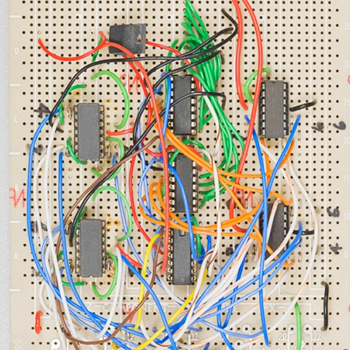Question #07e50
1 Answer
Explanation:
You have to square the formula to remove
you calculate
First, move the term
Then square the formula:
And reduce this:
Use the quadratic formula and you will reach
(or you can factor the equation to
Important: This is not the final answer and you need to check it!
As the range of
condition but
Therefore the root of this equation is

